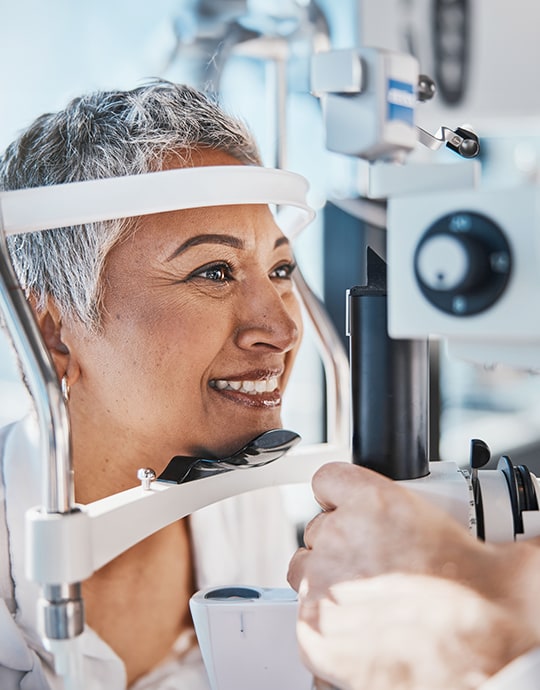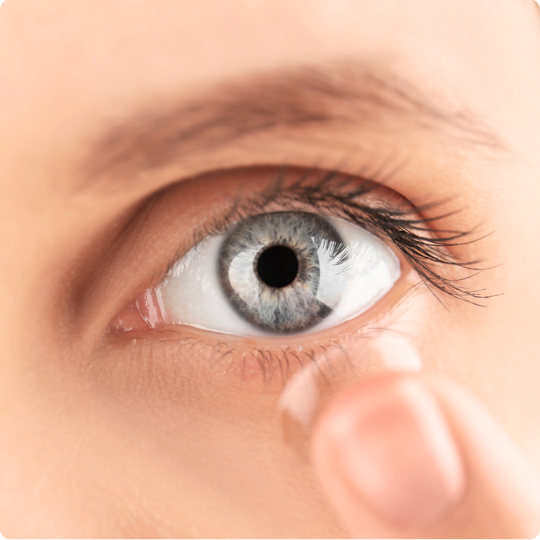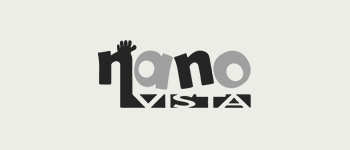What Is Low Vision?
Low vision is a significant visual impairment that a person can be born with, or it can result from a serious eye disease or injury. The vision loss is characterized by one or all of the following:
- A reduced visual acuity (to 20/70 or worse in the better eye)
- Hazy or blurred vision
- Blind spots and/or a significantly reduced field of view
- Tunnel vision
With low vision, these symptoms can’t be fully corrected with glasses, contact lenses, medication, or eye surgery. Sometimes, the extent of vision loss is considered to be legal blindness (20/200 or less visual acuity in the better eye) or almost total blindness.
If your best corrected visual acuity or reduced visual field interferes with your daily living activities, you may benefit from a low vision evaluation.












